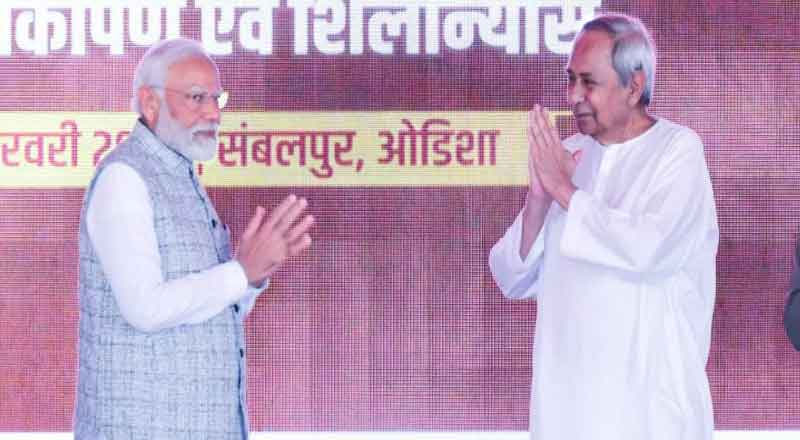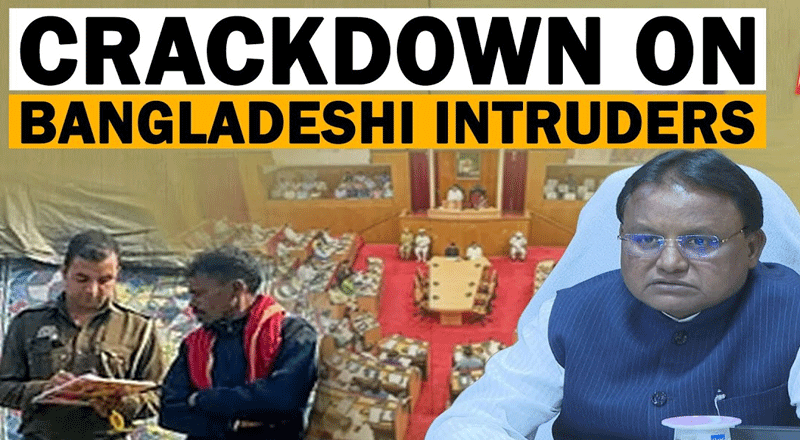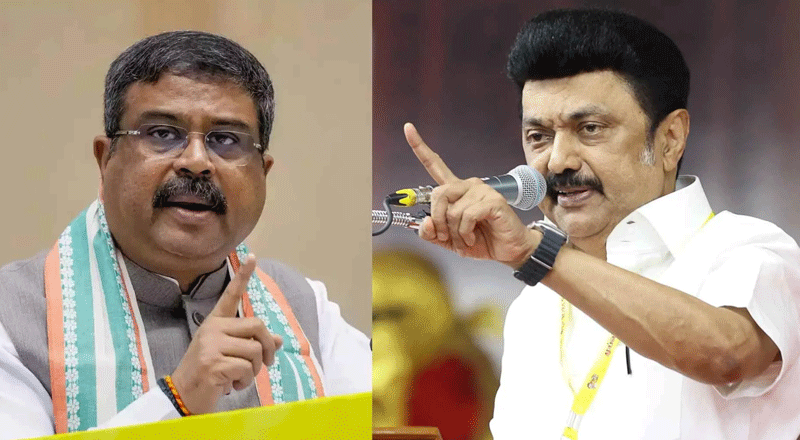- The much-anticipated pre-poll alliance talks between BJD and the BJP have hit a roadblock, casting doubt on the possibility of a collaborative strategy for the upcoming elections.
- The failure to reach an agreement during discussions in Delhi has prompted the BJP to signal its readiness for a standalone contest in Odisha.
- The impasse emerged primarily over disagreements concerning seat-sharing ratios, particularly regarding key constituencies such as Bhubaneswar and Puri.
- Despite initial consensus on the idea of a pre-poll alliance, negotiations faltered as both parties remained entrenched in their respective positions.
- The allocation of Lok Sabha seats became another sticking point, with the BJP’s demand for 14 out of the 21 seats in Odisha rebuffed by the BJD.
- The historical context adds layers to the current standoff, with memories of the BJD’s departure from the National Democratic Alliance (NDA) 15 years ago still resonating.
- Against this backdrop, the BJP’s announcement of its intention to contest all 147 assembly and 21 Lok Sabha constituencies in Odisha signals a significant shift in electoral dynamics.
The much-anticipated pre-poll alliance talks between Odisha’s ruling Biju Janata Dal (BJD) and the Bharatiya Janata Party (BJP) have hit a roadblock, casting doubt on the possibility of a collaborative strategy for the upcoming Lok Sabha and state assembly elections. The failure to reach an agreement during discussions in Delhi has prompted the BJP to signal its readiness for a standalone contest in Odisha.
The impasse emerged primarily over disagreements concerning seat-sharing ratios, particularly regarding key constituencies such as Bhubaneswar and Puri. Despite initial consensus on the idea of a pre-poll alliance, negotiations faltered as both parties remained entrenched in their respective positions. The BJD’s insistence on contesting over 100 seats in the 147-member Odisha Assembly clashed with the BJP’s expectations, leading to a deadlock.
Similarly, the allocation of Lok Sabha seats became another sticking point, with the BJP’s demand for 14 out of the 21 seats in Odisha rebuffed by the BJD. This standoff underscores the diverging priorities of the two parties as they navigate the intricate dynamics of electoral politics in the state.
The historical context adds layers to the current standoff, with memories of the BJD’s departure from the National Democratic Alliance (NDA) 15 years ago still resonating. The collapse of the alliance in 2009, attributed to failed seat-sharing talks and characterized as an “act of betrayal” by the BJD, underscores the complexities of coalition politics in Odisha.
Prime Minister Narendra Modi’s recent visit to the state injected further complexity into the alliance calculus, with reports of divided opinions within the Odisha BJP leadership regarding the desirability of an alliance. While some factions may favor collaboration, others, including BJP state president Manmohan Samal, have advocated for a solo electoral strategy.
Against this backdrop, the BJP’s announcement of its intention to contest all 147 assembly and 21 Lok Sabha constituencies in Odisha signals a significant shift in electoral dynamics. The party’s resolve to go it alone reflects a strategic recalibration in response to the impasse in alliance talks.
The implications of the BJP’s decision reverberate across Odisha’s political landscape, where the BJD has long been a dominant force. The prospect of a solo contest raises questions about the potential fragmentation of the opposition vote and the BJD’s electoral prospects in the upcoming polls.
The historical alliance between the BJD and BJP, forged in 1998, underscores the fluidity of political alliances in Odisha. Despite their shared history, the current deadlock highlights the diverging trajectories of the two parties and the challenges inherent in coalition-building.
As Odisha braces for simultaneous polls, the stalemate in alliance talks has injected uncertainty into the electoral landscape. With both parties seemingly poised for independent electoral campaigns, the stage is set for a fiercely contested electoral battle in the state.
In the absence of a pre-poll alliance, the onus falls on the BJP and BJD to articulate their respective visions for Odisha’s future and garner support from the electorate. Against a backdrop of shifting political dynamics and historical legacies, the upcoming polls promise to shape the trajectory of Odisha’s politics for years to come.
(With inputs from agencies)





